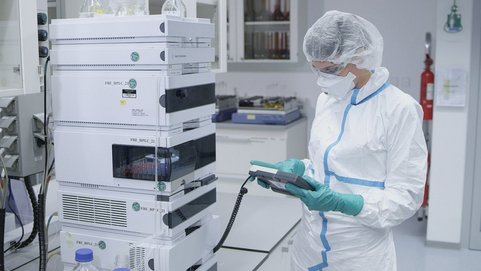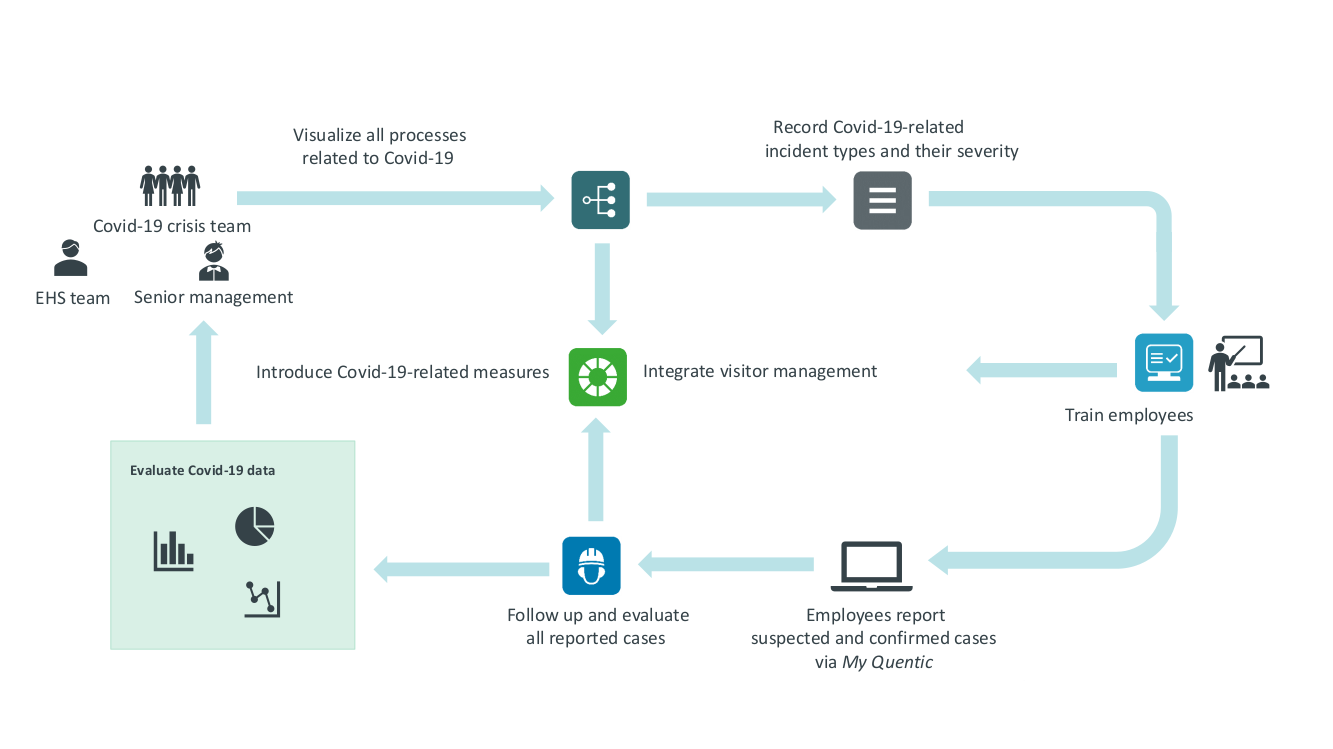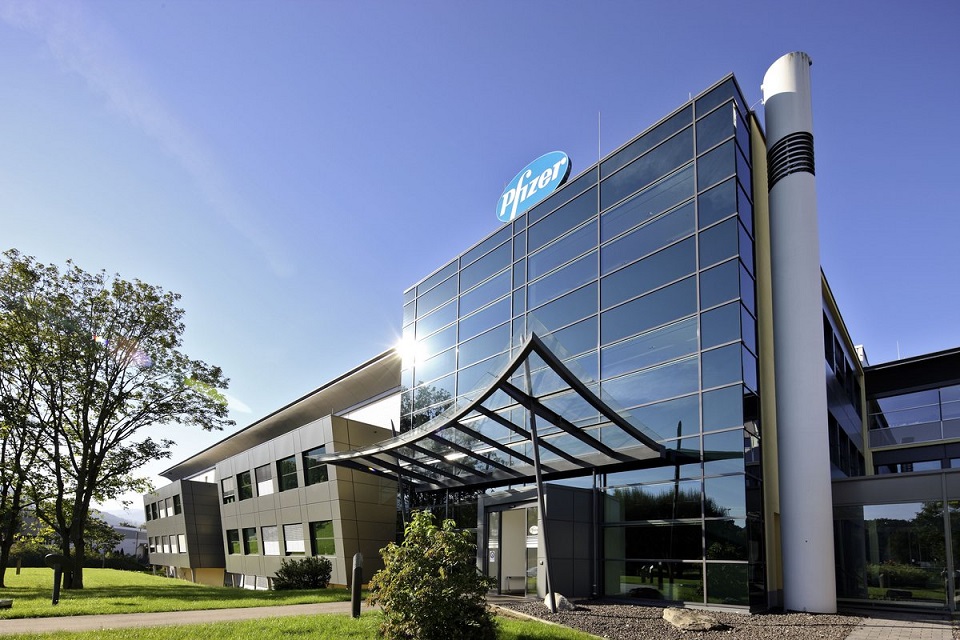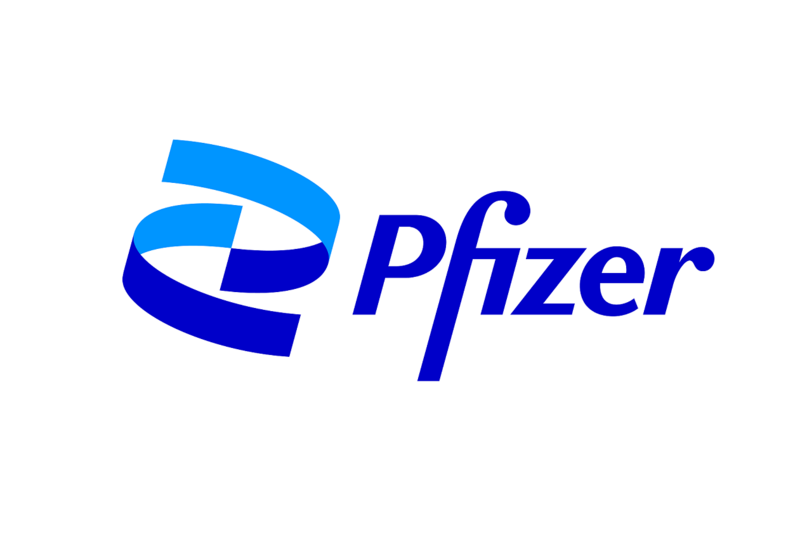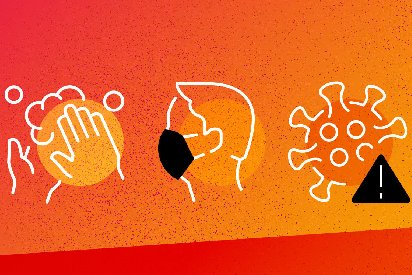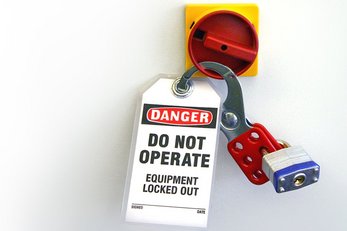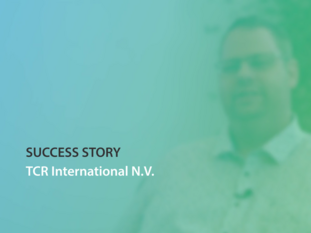Best practice: Identifying the essentials for effective occupational health and safety during the pandemic
by Manuel Senger
In the first few weeks of the pandemic, we quickly came up against some major organizational challenges. We were faced with a deluge of calls and emails from our staff, with many messages and questions about Covid-19. It was clear to me that we would not be able to maintain a clear overview of the growing mass of data on infections, suspected cases and close contacts at our company without digitalizing how we recorded and processed this information.
Our Freiburg site has relied on the Quentic EHS software solution for all aspects of safety management since 2014. With this in mind, at the very onset of the pandemic we examined whether it would be possible to use Quentic to document Covid-19 cases on site. We conducted a pilot project and identified all the necessary processes, defined potential Covid-19 reports in Quentic, and tested the software in various different scenarios with a small team. Our goal was—and remains—to ensure that the reproduction number (R) does not rise above zero for our location.
In the first phase of the pandemic, it was vital to implement an array of measures to create a safe environment for our staff as quickly as possible, and this included launching an extensive information campaign. This and other duties were assigned to our Covid-19 crisis team, which has held meetings at least twice per week since March of last year. The team worked together to develop a series of measures in addition to communications, such as:
Structured recording and processing of Covid-19 reports
Introducing clear responsibilities and processes following Covid-19 reports
Recording and monitoring of all internal and government-mandated measures to prevent infections
Monitoring the efficacy of measures by holding audits
Providing easily accessible information for our staff regarding our company’s current situation
Integrating contractors’ employees on our site
The pilot phase was successfully concluded after one week, with the focus then shifting to integrating the entire company. Executives and management personnel played a key role in the roll-out and were trained accordingly. Quentic is modularized software; in a way, this makes using it similar to a playing complex board game. So, when necessary, you can stop at different stations, where you are presented with a range of moves – options for taking action or collecting information. The central station for us is the Health & Safety module, where you can initiate various actions and to which many other stations also lead back.
